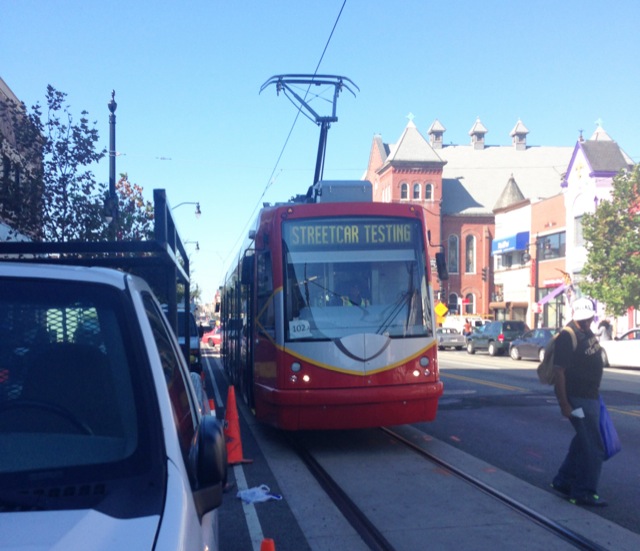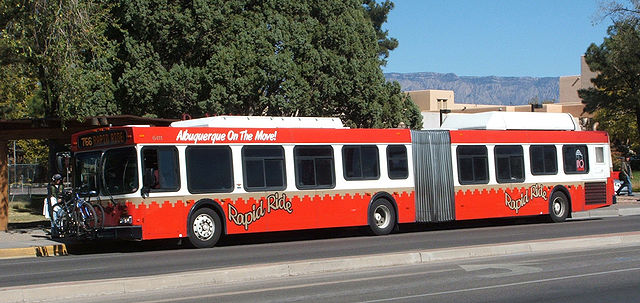As the Antiplanner noted yesterday, the Washington Post has observed that unaffordable housing markets tend to be in liberal metropolitan areas while conservative metropolitan areas tend to be affordable. This is based on a comparison by Trulia economist Jed Kolko of housing prices (in dollars per square foot) vs. voting for Obama or Romney in the 2012 election.
Note that not all liberal metropolitan areas are expensive while not all inexpensive markets are conservative. But nearly all expensive markets are liberal and nearly all conservative markets are inexpensive. (The one exception, Orange County, California, is partly land-locked by other, more liberal communities.)
New Zealand economist Mish Shedlock asks if this is merely a correlation or does one factor cause the other? His weak conclusion is that “Union work rules, land availability, and building restrictions (or lack thereof) are all likely in play.” In fact, there is plenty of land available in all of the expensive regions; it is just rendered off limits to development by state or local land-use rules.










